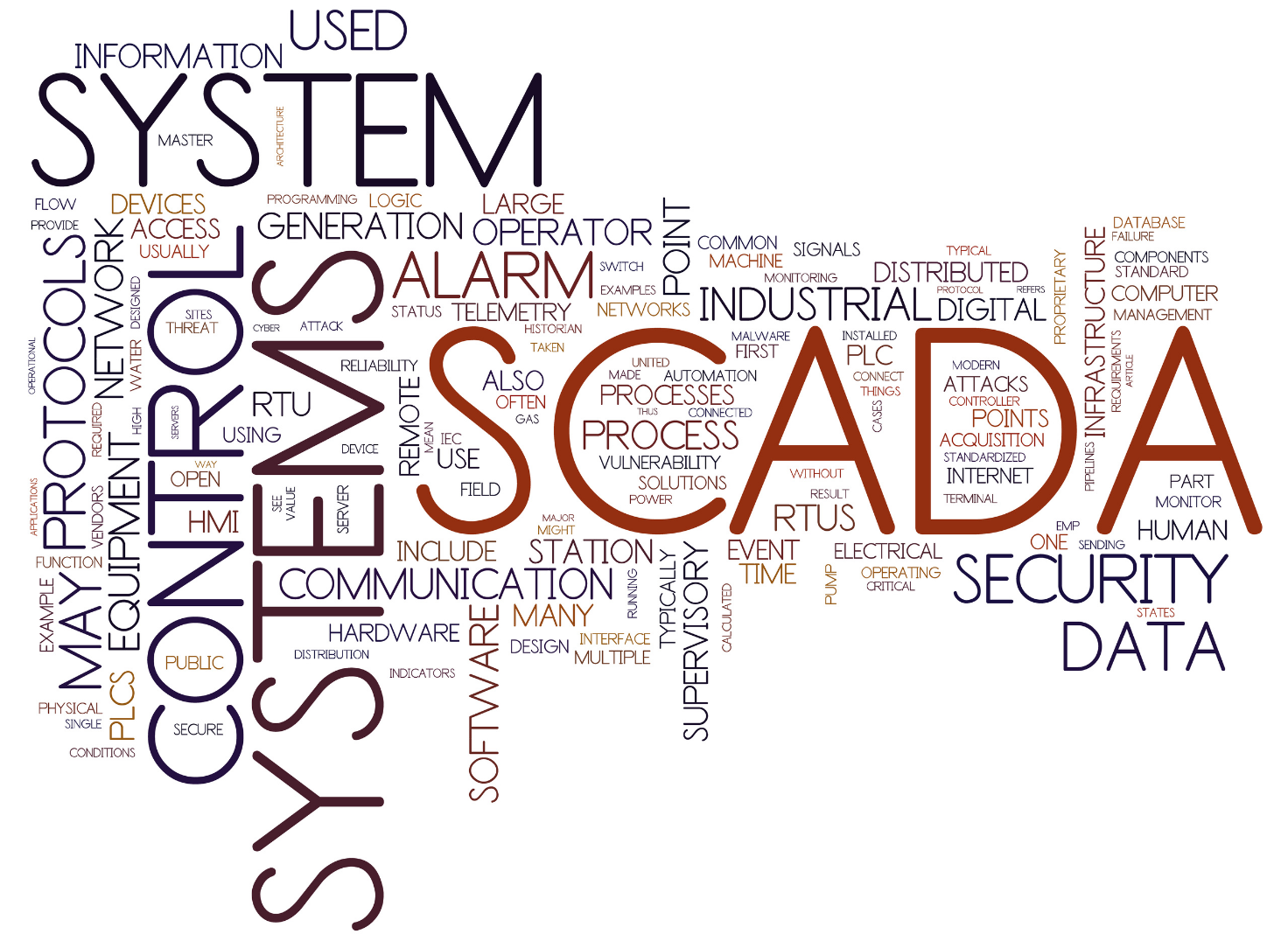
SCADA for Solar PV Plants: The Complete A to Z Guide
- On April 19, 2021
The solar value chain continues to undergo a digital transformation. Shrinking costs, performance optimization, asset reliability improvement, and ultimately extending the asset lifecycle have made the case for solar digitization much stronger. Supervisory control and data acquisition (SCADA) systems are a good example of what’s possible. These systems can be applied for remote monitoring and control, as well as for the acquisition and processing of the real-time data. The smart data acquisition along with a robust processing system makes SCADA a necessity of any modern hybrid or renewable energy system.
SCADA Basics
The basic methodology of SCADA involves a centralized data acquisition process for the whole installed system coupled with a database. The centralized system makes it possible to send the information digitally as well as to keep the track of all backlogs. This approach is beneficial for troubleshooting and maintaining system accuracy. SCADA operations are based on programmable logic controllers (PLCs) and remote terminal units (RTU) which acquire the required information and perform the action-based monitoring for the system.
Understanding the Role of the Software
The selection of SCADA software is of greatest importance both for the correct handling of incoming data streams down to millisecond intervals and the subsequent analysis usually done with the help of an analytics module. Intuitive graphical representation in the form of charts, tables, and mimic diagrams of all those data streams (primary and derived) allow for easy observation and control. Furthermore, the efficient integration of the SCADA SW with Computerized Maintenance Management Systems (CMMS) enables the user to boost their capability by providing smart maintenance from the SCADA-generated alarms and troubleshooting.

In some configurations that provide maximum data reliability, the primary data values acquired by the field SCADA devices are independently pushed to a Local Plant Server (LPS) and some Cloud Servers for their processing and analysis. The LPS and the Cloud Servers perform the same operations on primary data and they provide an identical graphical user interface offering a seamless parallel operation.
The diverse operation of SCADA is based upon its robust subsystems, in which the RTUs and PLCs play a crucial role as described below.
Remote Terminal Units (RTUs)
They are bi-directional data concentrators. With the help of the telemetry system, RTUs transmit the digitally converted sensor signals to the supervisory system. Additionally, they receive the commands in the form of digital signals and forward them to the relevant subsystem.
Programmable Logic Controllers (PLCs)
These are pre-programmed systems that monitor values of the system such as different parametric levels; for example, pressure, voltage, viscosity, etc. The programming of PLC is based upon structured language and elementary logic operations. They possess high control properties and are an economical option if compared with RTUs. In modern SCADA, PLCs are becoming obsolete as the use of PCs increases.
Industrial PCs (IPCs)
Industrial PCs are mainly deployed for the process monitoring and acquiring data for the analysis of parameters. IPCs can be fed with data input remotely for solely industrial data analysis needs.
Human Machine Interface (HMI)
This is a graphical user interface that displays the acquired data from RTUs to the operator.
Servers
In the SCADA system, there are several servers. Each of these servers deals with a particular set of parameters. For example, there are particular servers for data acquisition, monitoring, and processing jobs. These servers can be either running virtually on the same physical HW or actually occupy several physical servers in case of large installations.
Advantages of SCADA
————————-
Improvement in Data Quality
The starting point of any good SCADA is to offer improved data quality and acquisition accuracy through automated and fine-tuned data acquisition. The implementation of SCADA greatly improves the stability and consistency of data acquisition with the help of built-in redundancy and the use of backup systems.

Fault & Under-performance Detection
Another key benefit of the SCADA implementation is the efficiency in the fault and under-performance identification. The alarms integrated with the SCADA system efficiently and quickly diagnose the nature of any problem facilitating remote troubleshooting. Furthermore, the timely and accurate analysis of the alarms enables remote adjustments, actions and corrections to prevent any escalated issues. Through these features, the duration for required restoration in the system is mitigated.
Weather Forecasting
Weather forecasting plays an important role in the management of renewable energy systems such as solar PV, hybrid systems, etc. SCADA can significantly improve the accuracy of short-term forecasts by incorporating the actual availability of the asset into the forecasted values. Furthermore, the SCADA provides calibrated data values from the sensory system in order to retrain the forecasting models that will then provide better forecasts.
Data Visualization
User-friendly graphical interface and data visualization are salient features of modern monitoring and supervising software. SCADA is up-to-the-mark in data visualization by providing dynamic dashboards, trending of the parameters, and self-explanatory mimic diagrams. This helps the operator to perform effectively and make decisions both from a normal and strategic point of view.
Choosing the right SCADA system for your solar plant
The right choice of SCADA should be based upon thorough research of system needs. The research should be done in accordance with the future development of machinery and technology, and enhanced operational requirements accordingly. The foresight for assessing these upcoming challenges can be attained through an automation partner. The following is an example of a checklist that should be defined before SCADA installation:
- The objectives of the organization and the role of SCADA in their achievement and optimization
- Possible future changes in system/system upgradation
- Definition of economic benefits of SCADA installation

In terms of choosing the right system, the following considerations are of utmost importance:
- Data quality & acquisition: This is the very basic ingredient of the selection process. If the system can’t conduct this part well, all the other analytics capabilities will become irrelevant. You want to make sure that the data sampled is of the highest quality to ensure the accuracy of the output and insights. There are standards and procedures in place that detail how to correctly sample data, what to do with missing data and ultimately create a reliable dataset that you can use for processing.
- Sensor selection: How you select and install the sensors may not be typically associated with SCADA selection. However, you should pay attention to the important attributes for solar such as irradiance when writing specifications and selecting your system.
- Generic systems and industry-specific systems differentiation: There are many great generic options available. However, business-specific systems will always outperform the greatest generic systems as they heavily rely on proper integration. Even if you select a good integrator for one project, it’s almost impossible to repeat the same process for other projects in your fleet. There are many complexities that you should consider when deciding between a generic versus business-specific system. At the end it all comes down to: generic systems result in generic goals and results. If you want to minimize friction in operation and maximize results, you should opt for business-specific systems.
- Redundancy options: How flexible is your system to have multiple options? What happens if the local SCADA fails? It is possible to have a cloud system and local SCADA system that back each other up. This prevents data loss without the need to install expensive redundant structures on the site.
- Market coverage: Can the system support a range of technologies that are part of your portfolio? For instance, if your asset is made up of solar PV and battery, you should make sure that your SCADA can cater to both technologies.
- Scalability: Can the system be easily expanded to support additional capacity, new sensors and in general any new addition in the years to come?
- Security: Does your SCADA follow the latest mandates for cyber security? With the vast expansion of renewable energy assets the installation of systems that adhere to cyber security standards (such as the ISO 27001) is crucial.
- Vendor support: Last but not least, your system needs to serve your asset during its long-term lifecycle (up to 20 years). Therefore, you should take into account the quality and extent of the support the system provider offers.
From the edge to the cloud. From development to commissioning to optimization. Unity SCADA is your turnkey solution for real-time monitoring, control, and asset optimization. 
